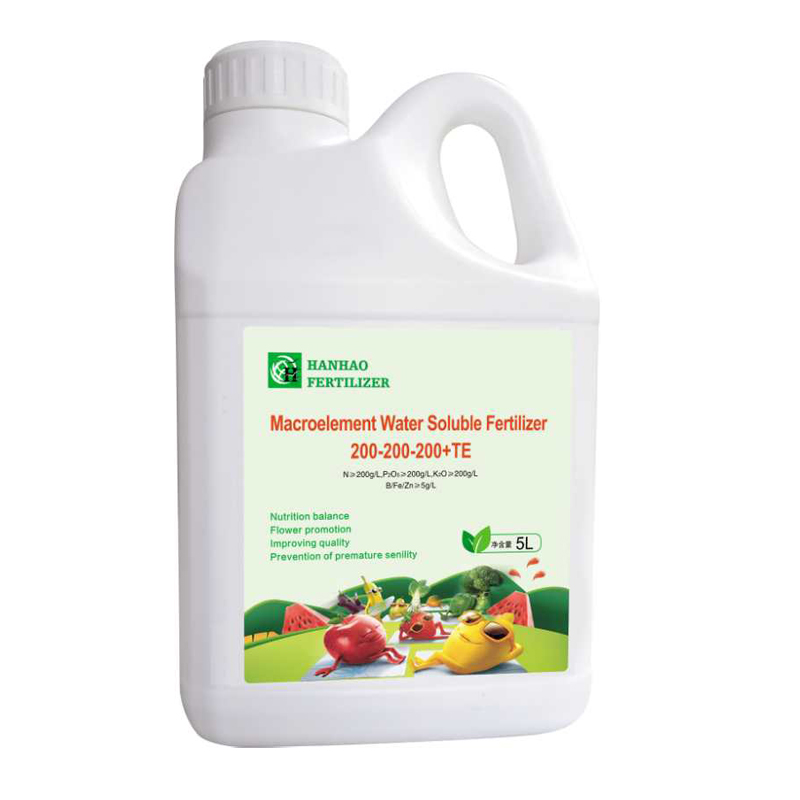
11-р сар . 22, 2024 04:01 Back to list
potash for hibiscus
Potash for Hibiscus Unlocking the Secrets to Thriving Blooms
Hibiscus, renowned for its striking blooms and lush foliage, is a beloved garden plant in many homes and landscapes worldwide. To achieve the most vibrant colors and robust growth, proper fertilization is essential, and potash plays a crucial role in this process. Potash, primarily potassium carbonate, is a vital nutrient that can significantly enhance the growth and blooming potential of hibiscus plants. Understanding its benefits and how to apply it can ensure a flourishing hibiscus garden.
The Importance of Potash
Potash is a key ingredient in many fertilizers and is essential for plant growth. It promotes several physiological processes in plants, including photosynthesis, water regulation, and overall nutrient transport. For hibiscus plants, which are known for their plentiful flowers and large leaves, potassium is particularly vital. It helps in the development of strong stems, boosts the plant's ability to resist diseases, and promotes more vibrant blooms.
Benefits of Potash for Hibiscus
1. Enhanced Flowering Potassium plays a critical role in the flowering process. Hibiscus plants enriched with potash tend to produce larger and more colorful flowers. This nutrient assists in the synthesis of proteins and enzymes that are crucial for flower formation.
2. Improved Disease Resistance High levels of potassium in soil can enhance a plant's natural defense mechanisms. This means that hibiscus plants fertilized with potash are less susceptible to diseases such as leaf spot and root rot, allowing for healthier plants overall.
3. Water Regulation Potash plays a significant role in osmoregulation, helping plants manage water efficiently. For hibiscus, this means better hydration during dry spells, which is crucial for maintaining vibrant blooms and lush foliage.
4. Stronger Roots A well-established root system is essential for any plant’s health. Potash encourages deeper root growth, allowing hibiscus plants to access more nutrients and water from the soil, thus improving their resilience against environmental stress.
potash for hibiscus

How to Apply Potash to Hibiscus
To harness the benefits of potash, it's vital to apply it correctly. Here are some guidelines for fertilizing your hibiscus
- Soil Testing Before application, conduct a soil test to determine the existing nutrient levels. This will help you tailor your fertilization approach effectively.
- Choosing the Right Fertilizer Select a balanced fertilizer that contains potassium. Look for a formulation with a higher middle number in the N-P-K ratio (Nitrogen-Phosphorus-Potassium), indicating a potassium-rich product.
- Application Timing The best time to apply potash is during the growing season, typically in spring and summer. This is when hibiscus plants are in their active phase, making them receptive to nutrients.
- Follow Instructions Always follow the manufacturer's instructions for application rates. Over-fertilizing can lead to nutrient burn and damage the plants.
- Organic Options If you prefer organic gardening methods, consider using natural sources of potassium, such as wood ash or compost containing banana peels.
Conclusion
Potash is an invaluable nutrient for hibiscus plants, promoting vibrant blooms and healthy growth. By understanding and applying potash effectively, gardeners can enhance the beauty and resilience of their hibiscus plants. With proper care and the right nutrients, including potash, your hibiscus can thrive, providing a stunning display of colors in your outdoor space. Whether you’re a seasoned gardener or just starting, knowing how to utilize potash will undoubtedly lead to a more rewarding hibiscus gardening experience.
-
Organic 10-10-10 Fertilizer | Balanced Plant Nutrients
NewsJul.31,2025
-
Premium Amino Acid Fertilizer | Rapid Plant Growth Booster
NewsJul.31,2025
-
10 10 10 Fertilizer Organic—Balanced NPK for All Plants
NewsJul.30,2025
-
Premium 10 10 10 Fertilizer Organic for Balanced Plant Growth
NewsJul.29,2025
-
Premium 10 10 10 Fertilizer Organic for Balanced Plant Growth
NewsJul.29,2025
-
Premium 10 10 10 Fertilizer Organic for Balanced Plant Growth
NewsJul.29,2025
